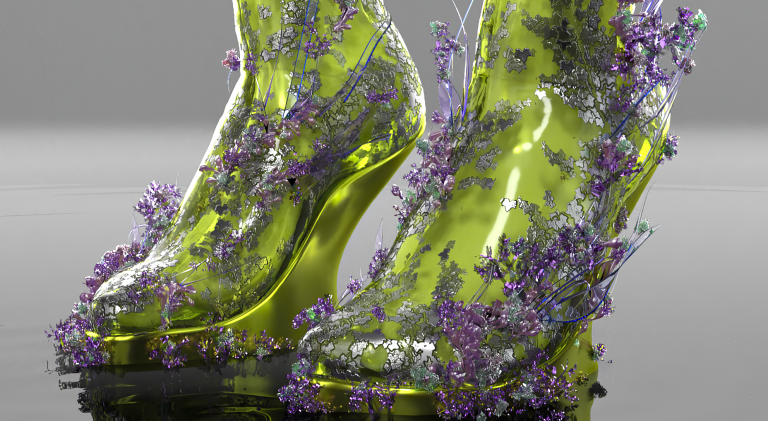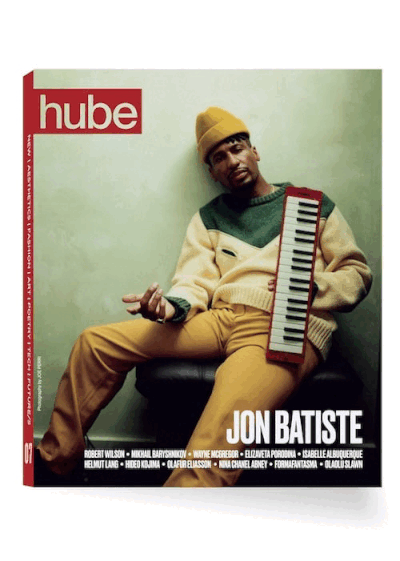Of all ways the fashion industry might clean up its act, digital fashion is perhaps the most radical.
As our virtual selves become central to who we are and who we want to be, digital fashion’s proponents believe that virtual garments ‘worn’ by our avatars online could give our novelty-seeking brains a similar buzz to buying clothes.
Still, the idea that people will buy clothes they can’t actually wear – still seems a bit far out. And yet, in a recent survey of 1,000 14–24-year-old Americans, by Roblox and Parsons School of Design, two out of five respondents said that digital self-expression, via virtual clothing and accessories, is already more important than expressing themselves in the physical world. Along with Instagram filters and NFT virtual sneakers, it’s clear that, for many people –particularly digital natives – with a smartphone in their pockets, this apparently outlandish sci-fi future is already here.
For the rest of us, such ideas feel unsettling. We see lives lived increasingly online as Matrix-like existences; we imagine our future teenage children slumped in their bedrooms, hooked up to VR headsets, losing interest in reality. There are many who argue that digital fashion is just another way to convince people to spend money on things they don’t need. But one London-based design duo, Auroboros, imagines digital fashion as part of a utopian future.
Auroboros comprises of Paula Sello, 26, and Alissa Aulbekova, 24. They met at Corsica, a nightclub in south London, in 2018, when both were still students. Sello has degrees in design from the London College of Fashion and sociology from Goldsmiths; Aulbekova studied fashion communication at Central Saint Martins. Their digital design skills, however, are self-taught. Initially, they bonded over making fashion that blended technological and scientific advances with a sense of hope and beauty, launching Auroboros as aside project. In 2020, they were chosen to be part of the talent incubator set up by the late Lee Alexander McQueen, Sarabande Foundation, through which they were given studio space in Haggerston, east London.
Their ‘biomimicry’ gowns are made from recycled plastic and salt crystals, bringing a new, eco-friendly meaning to disposable fashion. But it is Auroboros’ digital garments that have brought them the most attention. Unconstrained by the rules of physics, they almost appear to live. From twinkling handbags to exploding Venus flytrap gowns, and shoes with heels like splashes of water, to dresses covered in spinning metallic coils or unfurling tentacles, they breathe, pulsate, undulate, and shimmer.
Straddling fashion and tech, last year Auroboros made waves displaying at the V&A as well as at London Fashion Week. During the latter, their work appeared on billboards, featuring a QR code that let smartphone users ‘try on’ a piece of cyber couture. This year, they also collaborated with the musician Grimes at Metaverse Fashion Week, dressing the musician’s avatar for a DJ set event held within Decentraland.

